A Venezia, dal 20 Aprile al 24 Novembre, si segnala una coppia d’artiste, le quali espongono, separatamente, rappresentando la cultura dei nativi americani: Erin Genia (per il popolo dei Sisseton Wahpeton Oyate, dal Dakota del Sud) e Kay Walkingstick (per il popolo dei Cherokee, dall’Oklahoma). Bisogna ricordare che l’evento “collettore” della Biennale è stato ufficialmente denominato Stranieri ovunque. Erin Genia espone un’installazione; Kay Walkingstick invece lo fa con la pittura. I nativi americani si tramandano una variegata mitologia, che la storiografia occidentale rischia di confinare al paradosso laicistico della libertà, con la caratteristica riserva. A Venezia, Erin Genia espone per la collettiva d’artisti Personal Structures, che è allestita presso il Palazzo Mora. La sua installazione s’intitola Cultural emergency response vest, e concerne la tessitura per le tribù diffuse dei Dakota. Kay Walkingstick partecipa direttamente alla Biennale di Venezia, presso la sezione dei Giardini. Lei dipinge ad olio su pannello, raffigurando paesaggi del Far West (sebbene senza la traccia dell’uomo): dal Montana, dall’Arizona, dall’Idaho ecc…
In filosofia, Friedrich Nietzsche e Martin Heidegger reagirono alle contraddizioni sul “freddo” (automatico) potere della civiltà scientifica o tecnologica. In questa, convertitasi al capitalismo, magari il progresso rimarrà un mito (“schiacciando” l’uomo, cui converrebbe un puro ritorno all’arcaismo del vitalismo, con la creatività estetica). Ernst Kantorowicz aveva giustificato una sorta di corporazione fra gli artisti ed i politici, nello Stato. La creatività sarebbe apparsa in una trascendenza quantomeno invisibile (se non spiritualistica), aiutando a strutturare una mitologia culturale.
A Venezia, Erin Genia appende un gilet d’emergenza. Questo è stato costruito con una miriade di perline, virtualmente capaci di far rullare il colore, dipingendo. Ci sembra di ricordare un tipo d’anello che segnala la taglia, sull’appendiabito. L’emergenza comporterebbe la flessibilità del problem solving. E’ il simbolismo della misura. Bisogna evitare che da una prima inquietudine si passi al panico. Erin Genia visualizza sia il giallo sia l’arancione, che tipicamente appartengono al gilet d’emergenza. Onde sfuggire al pericolo, spesso optiamo per la semplicità della corsa. Il giallo e l’arancione servono ad esporsi molto, per l’aiuto o comunque la collaborazione altrui. Il gilet di Erin Genia rientra in una mitologia dei nativi americani, per cui dall’animismo si passa alla corporazione. Non esiste soltanto (genericamente) la vita, bensì anche il dono prezioso della vita. I nativi americani ricorrono ad un abbigliamento per ornamenti, alla miniatura d’un ballo che permetta l’incontro (prima) e la condivisione (dopo) con gli Altri. Questo contrasta con la “freddezza” per un anonimato dell’ubiquità. Il gilet d’emergenza è obbligatorio per la sicurezza personale; ergo non lo si potrà evitare a prescindere? I nativi americani combattono l’invadenza degli oleodotti, mirando a vincere (come i Sioux nel Dakota del Nord). Oltre le rassicurazioni “di rito”, poiché la tecnologia è destinata a migliorare, nell’immediato si stravolge la peculiarità etnografica d’un territorio. Il gilet di Erin Genia avrà un’etichetta ingrandita affinché anch’essa esibisca dei motivi. Non può funzionare l’anonimato nei territori che vantano la tradizione del quilt, per esempio. Probabilmente, il gilet d’emergenza per i nativi americani è inquietante a prescindere, se indossato dagli usurpatori “forestieri”. L’etichetta dell’artista conserva i toni del giallo e dell’arancione, ma ravvivandosi verso il verde ed il viola. Un eventuale quilt col motivo della stella (classicamente dal popolo dei Lakota) dovrà farsi “trivellare” dal cielo. Ad aiutarci sarà la trasparenza della nostra anima.
A Venezia, i dipinti di Kay Walkingstick raffigurano i paesaggi del Far West (dal Glacier National Park, dal Salmon River Valley, dal South Rim of Grand Canyon ecc…) con l’espressionismo naif di chi oggi conosce il passato “incerto” dei pionieri, e quindi “si rilassa” con l’escursionismo. In realtà, per i nativi americani la storiografia si svolgerà a ritroso. C’è la mitologia d’un animismo ancestrale, avente in Oriente la miniatura del < dice il Saggio che… >. Quando lo Stretto di Bering mancava d’acqua glaciale, le popolazioni siberiane poterono spostarsi nelle Americhe. I quadri di Kay Walkingstick hanno tonalità blandamente calde: quasi da terra promessa. Ma a lei preme la salvaguardia dei diritti originari. Col Far West, le popolazioni indigene furono costrette alla migrazione. Il moderno “palliativo” della riserva non ha sviluppato l’economia in maniera tale da rimpiazzare l’impianto ricreativo: dal tour nel parco nazionale o dalla gara tramite gli sci. A simboleggiare essenzialmente la conquista pioneristica fu l’installazione del telegrafo, o della ferrovia. Questi, diversamente dalle carovane, richiedevano la stanzialità. Il palo del telegrafo assurgeva a contraltare artificiale per la sorgente d’acqua. Kay Walkingstick ha un cognome da < dice il Saggio che… conviene lasciare il segno della propria presenza (oltre l’ineluttabilità della morte) >: grazie alla giustizia, per l’etica sociale. Nei quadri gli estesi boschi si percepiscono a macchia di petrolio. La natura è ammantante: anche agli scarti (“brutti” sino all’insabbiamento) della fossilizzazione organica. Il bastone, citato nel cognome dell’artista, non appare invasivo come il palo del telegrafo. Se si nascondesse un “oro nero” per i segnali di fumo, allora questo modernamente si trivellerebbe con l’altoparlante! I nativi americani abbattevano i pali del telegrafo, ed assaltavano le ferrovie. A diventare più che problematico fu il “giusto mezzo” fra il progressismo nelle comunicazioni e lo sfruttamento delle ricchezze. La natura umana spesso cade in contraddizione alla prassi del potere: ce lo simboleggia il quadro sul Grand Canyon, dove il panorama è abissale. Collegandosi virtualmente alla mostra di Erin Genia, Kay Walkingstick avrebbe le strutture personali. I quadri sono firmati da una “rotaia per le rocce”, coi geroglifici in verticale ma scorrendo, alla bobina di pellicola per un muretto. Magari si citano i tradizionali tessuti d’una popolazione indigena. Lo striscione dei manifestanti “trivella” con l’altoparlante. Agli albori della telegrafia, s’usava il codice Morse. Al progressismo, bisogna che la storiografia occidentale “incanali” correttamente verso un’identità culturale. I profughi sono innocentemente “confusi”, dentro ad un nuovo territorio.
THE RAILWAY OF A LOUDSPEAKER TO DRILL THE STARS (the Native Americans at the Venice Biennale 2024)
In Venice, from 20 April to 24 November, we recommend two women artists, who expose, separately, representing the culture of the Native Americans: Erin Genia (for the population of Sisseton Wahpeton Oyate, from South Dakota) and Kay Walkingstick (for the population of Cherokee, from Oklahoma). We have to remember that the “connector” event of the Biennale was officially called Strangers everywhere. Erin Genia exhibits an installation; instead Kay Walkingstick does this with the painting. The Native Americans hand down a variegated mythology, that the occidental historiography risks to confine at a secularist paradox for the freedom, with the typical reservation. In Venice, Erin Genia exposes for the artist collective Personal Structures, that is set up at the Palazzo Mora. Her installation is called Cultural emergency response vest, and concerns the weaving for the diffused tribes of Dakota. Kay Walkingstick takes part directly in the Venice Biennale, at the section of Giardini. She paints with oil on panel, representing landscapes of the Far West (although without the traces of men): from Montana, from Arizona, from Idaho etc…
In philosophy, Friedrich Nietzsche and Martin Heidegger react to the contradictions on the “cold” (automatic) power of the scientific or technological civilization. In this one, after its conversion to the capitalism, perhaps the progress will remain a myth (“squashing” the man, who might want a pure return to an archaism of the vitalism, with the aesthetic creativity). Ernst Kantorowicz justified a sort of corporation between the artists and the politicians, in the State. The creativity would have appeared in a transcendence at least invisible (if not spiritualistic), helping to structure a cultural mythology.
In Venice, Erin Genia hangs an emergency vest. This was built with a myriad of beads, virtually able to allow the colour to roll, painting. We seem to remember a type of size circle, for coat rack. An emergency would entail the flexibility of the problem solving. This is the symbolism of the measurement. We have to avoid that from a first apprehension we pass to the panic. Erin Genia visualizes both the yellow and the orange, which typically belong to an emergency vest. In order to escape from a danger, often we opt for the simplicity of the running. The yellow and the orange serve to expose themselves much, for the help or however the collaboration from the Others. The vest of Erin Genia reenters in a mythology of the Native Americans, for which we pass from an animism to a corporation. There is not only (generically) the life, but also the precious gift of the life. The Native Americans resort to a clothing for ornaments, at the miniature of a dance which allows a meeting (before) and a sharing (after) with the Others. This contrasts with the “coldness” for an anonymity of the ubiquity. An emergency vest is required for the personal security; therefore could we not avoid it regardless? The Native Americans fight the invasiveness of the pipelines, aiming to a victory (like the Sioux in North Dakota). Beyond the reassurances “by custom”, because the technology is destined to an improvement, immediately the ethnographic peculiarity of a territory is upset. The vest of Erin Genia would have an enlarged label so that it too shows some motifs. The anonymity can not function in the territories that feature the tradition of the quilt, for example. Probably, the emergency vest according to the Native Americans is disquieting regardless, if that one is worn by the “foreigner” usurpers. The label of the artist preserves the tones of the yellow and of the orange, but reviving into the green and the violet. A potential quilt with the motif of the star (typically from the population of Lakota) will have to allow its “drilling” from the sky. We will help ourselves with the transparency of the soul.
In Venice, the paintings of Kay Walkingstick represent the landscapes of the Far West (from the Glacier National Park, from the Salmon River Valley, from the South Rim of Grand Canyon etc…) with a naif expressionism of somebody who today knows the “uncertain” past of the pioneers, therefore he “relaxes” with the hiking. Actually, according to the Native Americans the historiography will be developed backwards. There is the mythology of an ancestral animism, which in the East has a miniature about the < the Wise says that… >. When the Bering Strait was lacking of glacial water, the Siberian populations could move to the Americas. The pictures of Kay Walkingstick have the tones mildly warm: almost for a promised land. But she is interested in the safety of the original rights. With the Far West, the indigenous populations were forced to a migration. The modern “palliative” of the reservation did not develop the economy in such a way that the recreational structure (from a tour in a national park, or from a challenge through the ski) was replaced. To symbolize essentially the conquest by the pioneers, there was the installation of the telegraph, or of the railway. These ones, differently from the caravans, requested a permanence. The pole for the telegraph rose into an artificial counterbalance for a water source. Kay Walkingstick has a surname suited to the < the Wise says that… it is convenient to leave a mark about the own presence (beyond the inevitability of the death) >: through the justice, for the social ethics. In the pictures the vast woods are perceived in the oil spill. The nature is cloaking: also for the waste (“ugly” until it goes underground) from an organic fossilization. The stick, mentioned in the surname of the artist, does not appear invasive like a pole for the telegraph. If we hid a “black gold” for the smoke signals, so this one in a modern way would be drilled with a loudspeaker! The Native Americans demolished the poles of the telegraph, and they attacked the railways. A “golden mean” between the progressivism in the communications and the exploitation of the material wealth became more than a problem. The human nature often contradicts itself at the praxis of the power: this is symbolized for us by the picture about the Grand Canyon, where the landscape is abyssal. Virtually in connection with the exhibition of Erin Genia, Kay Walkingstick would have the personal structures. The pictures are signed by a “rail for the rocks”, with the hieroglyphics vertically but flowing, at the film reel of a small wall. Perhaps the traditional fabrics of an indigenous population are mentioned. The banner of the demonstrators “drills” with the loudspeaker. At the beginning of the telegraphy, we used the Morse code. For the progressivism, we need that the occidental historiography “channels” rightly into a cultural identity. The refugees are innocently “confused”, inside a new territory.

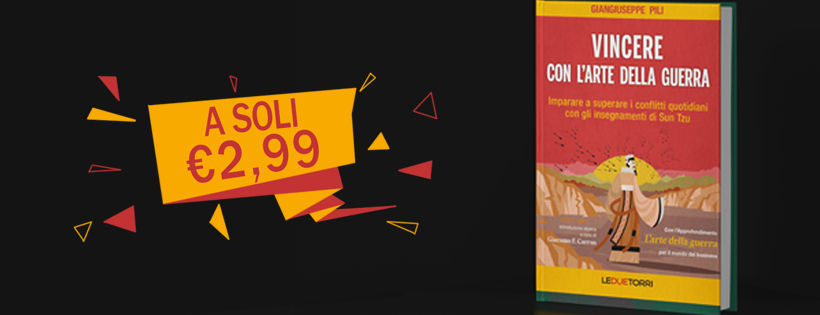
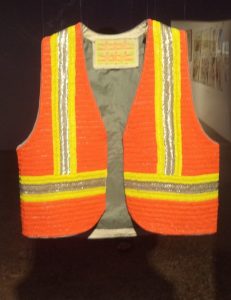
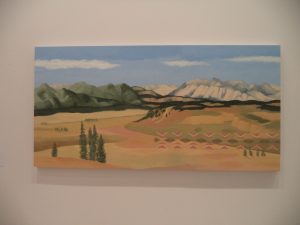
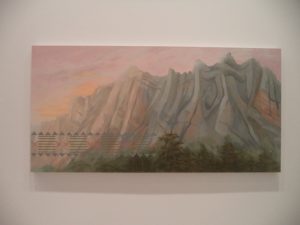
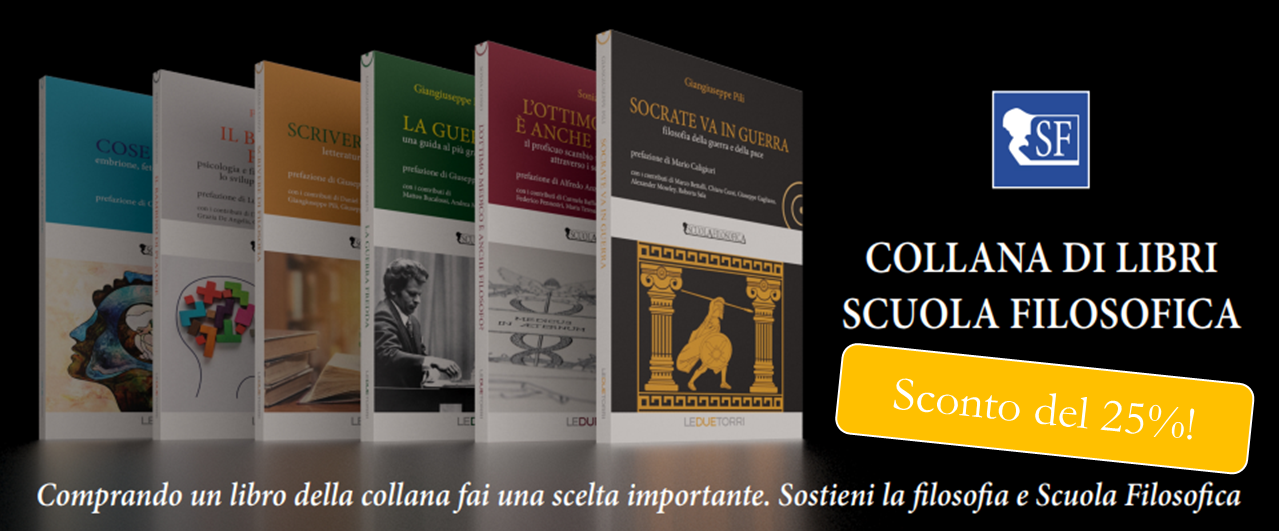

Be First to Comment